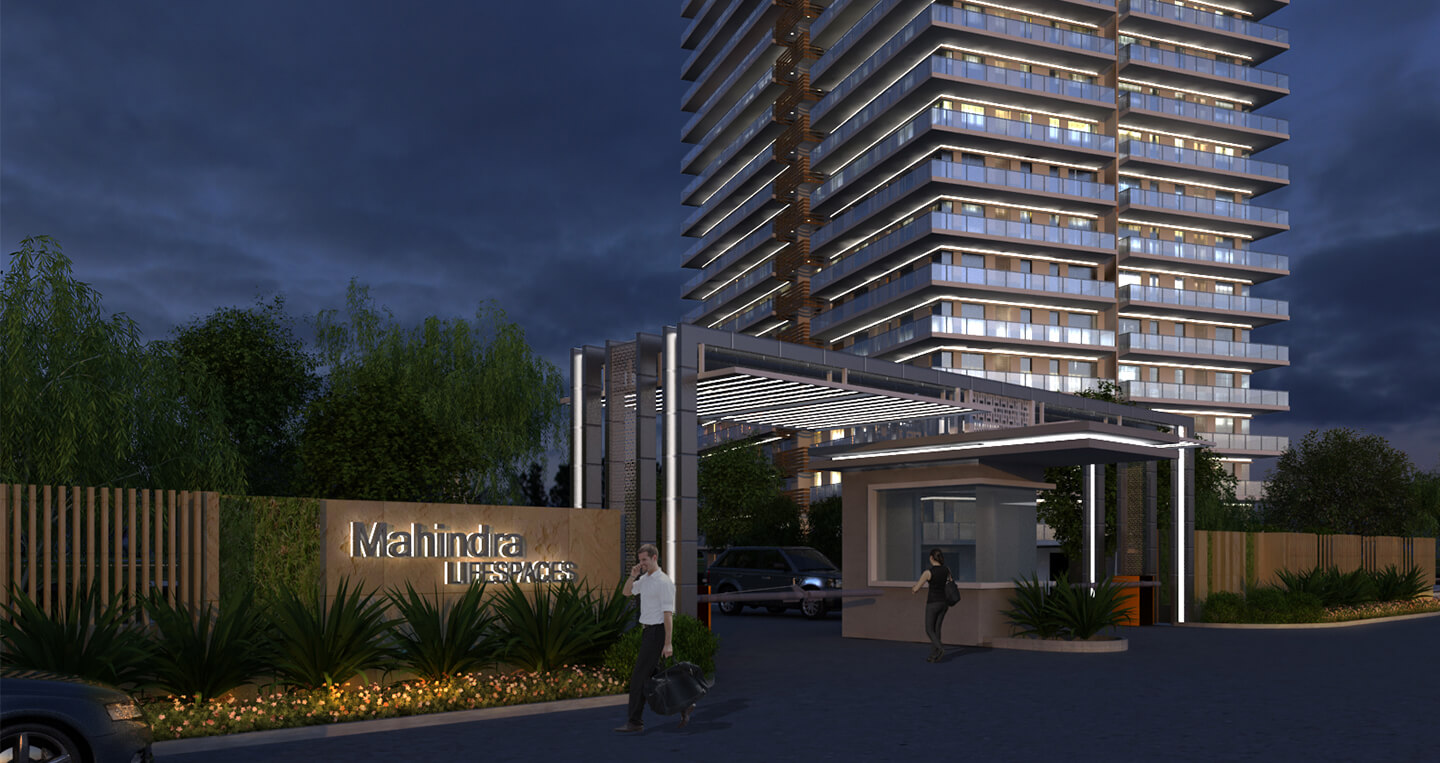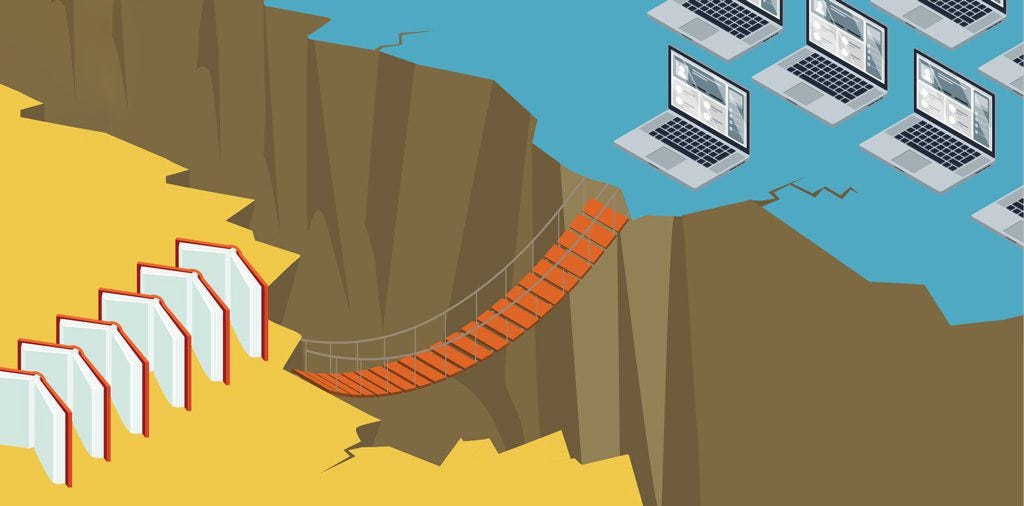Spatial computing is a rapidly evolving field that blends digital and physical realities, transforming how we interact with technology. It encompasses technologies and methods that enable computers to understand, interpret, and interact with the spatial world around us. Here’s a straightforward guide to understanding spatial computing and its implications.
Understanding Spatial Computing
Spatial computing is a broad term that refers to the integration of digital information with physical spaces. It leverages various technologies to create, analyze, and interact with spatial data, allowing users to interact with their environment in new and innovative ways. This integration enables more immersive, intuitive, and interactive experiences by combining elements of the physical world with digital information.
Core Technologies Behind Spatial Computing
Spatial computing relies on several key technologies to function effectively:
Augmented Reality (AR)
Augmented Reality overlays digital information onto the physical world. Through AR devices like smartphones, tablets, or AR glasses, users can see and interact with digital elements superimposed on their real-world surroundings. This technology enhances the way we experience and interact with the world around us.
Virtual Reality (VR)
Virtual Reality creates fully immersive digital environments that replace the real world. Using VR headsets, users are transported to a computer-generated environment where they can interact with virtual objects and spaces. VR is used for gaming, training, simulations, and more.
Mixed Reality (MR)
Mixed Reality combines elements of both AR and VR. It allows digital and physical objects to coexist and interact in real-time. MR provides a more seamless integration of digital content with the physical world, enabling users to interact with virtual objects as if they were part of their physical environment.
Geographic Information Systems (GIS)
Geographic Information Systems manage, analyze, and visualize spatial data related to geographical locations. GIS technology is essential for mapping, urban planning, and environmental management, providing detailed insights into spatial patterns and relationships.
Computer Vision
Computer Vision enables computers to interpret and understand visual information from the world. Through cameras and sensors, computer vision systems can recognize objects, track movements, and analyze scenes. This technology is crucial for applications in AR, MR, and robotics.
Applications of Spatial Computing
Spatial computing has a wide range of applications across various fields, including:
Gaming and Entertainment
Spatial computing revolutionizes gaming and entertainment by creating immersive experiences. AR games like Pokémon Go blend digital characters with the real world, while VR offers entirely new worlds for users to explore. These technologies enhance user engagement and provide novel forms of entertainment.
Education and Training
In education and training, spatial computing provides interactive and immersive learning experiences. AR and VR can simulate real-world scenarios, offering hands-on practice and visualization of complex concepts. This approach can improve understanding and retention of information.
Healthcare
Healthcare professionals use spatial computing for advanced medical training, surgical simulations, and patient care. VR can simulate surgical procedures, allowing doctors to practice and refine their skills. AR can assist in surgery by overlaying critical information onto a patient’s body.
Retail and E-Commerce
In retail, spatial computing enhances the shopping experience through virtual try-ons and interactive displays. AR allows customers to visualize products in their own space before making a purchase, improving decision-making and customer satisfaction.
Urban Planning and Architecture
Urban planners and architects use spatial computing for designing and visualizing building projects. GIS and VR tools help create accurate models of urban spaces, allowing for better planning, analysis, and presentation of architectural designs.
Benefits of Spatial Computing
Spatial computing offers several benefits that enhance both personal and professional experiences:
Enhanced User Experience
By blending digital and physical worlds, spatial computing creates more engaging and interactive experiences. Users can interact with digital content in a more natural and intuitive way, improving overall satisfaction and usability.
Improved Decision-Making
Spatial computing provides detailed insights and visualizations, aiding in better decision-making. For instance, GIS helps in analyzing spatial data for urban planning, while AR and VR offer visualizations that support informed decisions in various fields.
Increased Efficiency
Spatial computing technologies streamline processes and increase efficiency. For example, AR can provide real-time instructions and data overlay, reducing errors and improving productivity in fields such as manufacturing and logistics.
Innovative Solutions
Spatial computing fosters innovation by enabling new ways to interact with technology. It opens up possibilities for creative applications and solutions that were previously unimaginable, driving advancements across industries.
Challenges and Considerations
While spatial computing holds great promise, it also presents some challenges:
Technical Limitations
Spatial computing relies on advanced hardware and software, which can be expensive and complex. Ensuring compatibility, performance, and reliability across different devices and platforms remains a challenge.
Privacy and Security
The integration of digital and physical worlds raises concerns about privacy and security. Spatial computing technologies collect and process large amounts of data, which requires robust measures to protect user information and prevent unauthorized access.
User Adaptation
Users may need time to adapt to new spatial computing technologies. Training and education are essential to ensure that individuals can effectively use and benefit from these advanced tools.
Ethical Considerations
The use of spatial computing raises ethical considerations, particularly in areas such as data collection, surveillance, and digital manipulation. It’s important to address these concerns to ensure responsible and ethical use of technology.
Future of Spatial Computing
The future of spatial computing looks promising, with ongoing advancements and innovations expected to drive its growth. Emerging technologies, such as 5G and advanced AI, will further enhance spatial computing capabilities, enabling more seamless and immersive experiences.
As spatial computing continues to evolve, it will likely play an increasingly important role in various aspects of daily life and industry, offering new opportunities and transforming how we interact with technology and the world around us.
FAQs
What is spatial computing?
Spatial computing refers to technologies that integrate digital information with physical spaces, allowing users to interact with their environment in new and innovative ways. It includes technologies like AR, VR, MR, GIS, and computer vision.
How does augmented reality (AR) differ from virtual reality (VR)?
AR overlays digital information onto the real world, allowing users to interact with both physical and digital elements simultaneously. VR creates fully immersive digital environments that replace the real world, requiring a headset to experience.
What are some common applications of spatial computing?
Common applications include gaming and entertainment, education and training, healthcare, retail and e-commerce, and urban planning and architecture. Each application leverages spatial computing technologies to enhance user experiences and improve processes.
What are the benefits of spatial computing?
Benefits include enhanced user experiences, improved decision-making, increased efficiency, and innovative solutions across various fields. Spatial computing enables more engaging and interactive interactions with technology.
What challenges are associated with spatial computing?
Challenges include technical limitations, privacy and security concerns, user adaptation, and ethical considerations. Addressing these challenges is crucial for the successful and responsible use of spatial computing technologies.
What is the future outlook for spatial computing?
The future of spatial computing is promising, with advancements in technologies such as 5G and AI expected to enhance its capabilities. Spatial computing will likely play a significant role in transforming how we interact with technology and the world around us.

















